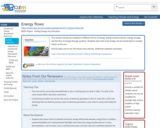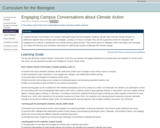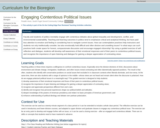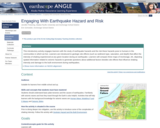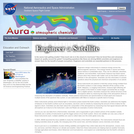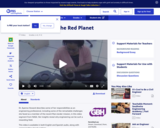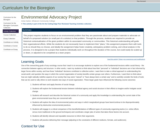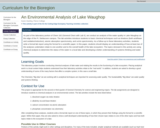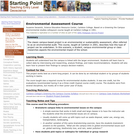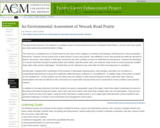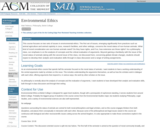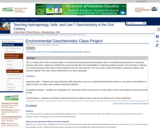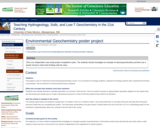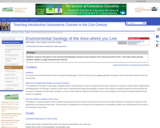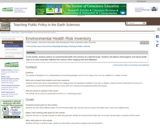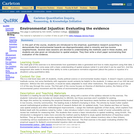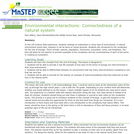The goal of this exercise is for students to complete a basic environmental assessment of Newark Road Prairie, a 35-acre wet-mesic prairie and state natural area owned by Beloit College.
The exercise is completed over a 5-week period as the class covers chapters on Streams and Flooding, Soil Resources, and Groundwater Resources. Students visit the prairie once a week during a 2-hour class period. Two additional 2-hour class periods per week are devoted to lecture, discussion, and analysis of field data. During the site visits, students conduct an initial field reconnaissance, measure the discharge of a stream that flows through the prairie (inflow and outflow), describe prairie soils, and measure water levels at seven previously installed water table wells and four staff gages. The field data can be collected in any order after the field reconnaissance is completed.
All field data, including GPS coordinates of the positions of discharge measurements, soils samples, and wells, are recorded in a standardized data dictionary (using GPS Pathfinder Office/TerraSync software) on a handheld PC. A satellite image of the prairie is loaded on the handheld PC, so that students can see where they are relative to other physical features as they collect their data. Data are downloaded in the lab and utilized for the construction of a water table map (by hand) and an assessment of site conditions and potential impacts.
In addition to the data collected in the field, students are given a topographic map of the region, which they utilize to delineate the basin for the stream that flows through the prairie, and a soils map of the prairie, with which they compare their own soil descriptions. They are also given a land use map of the region. Using all of this information, students write a 4 to 5 page report that describes current conditions and potential challenges or threats to the preservation and management of the prairie.
(Note: this resource was added to OER Commons as part of a batch upload of over 2,200 records. If you notice an issue with the quality of the metadata, please let us know by using the 'report' button and we will flag it for consideration.)
